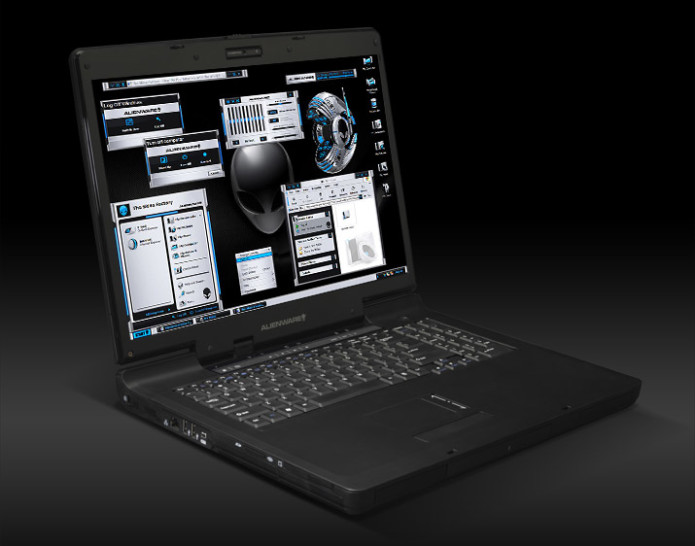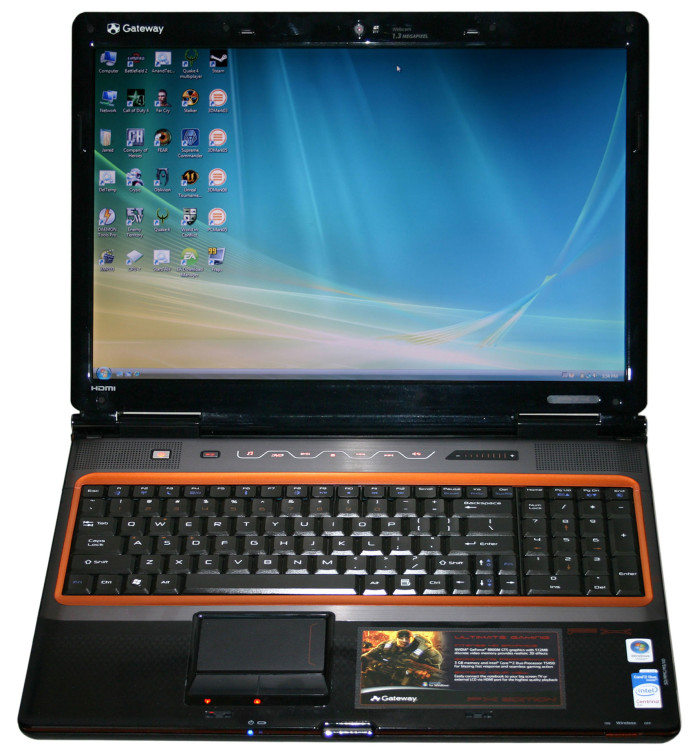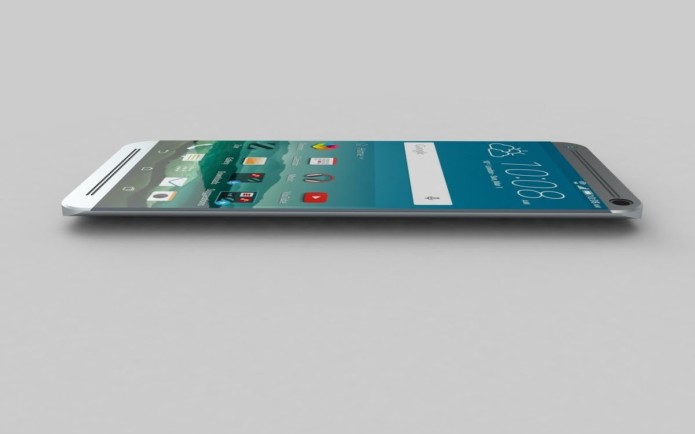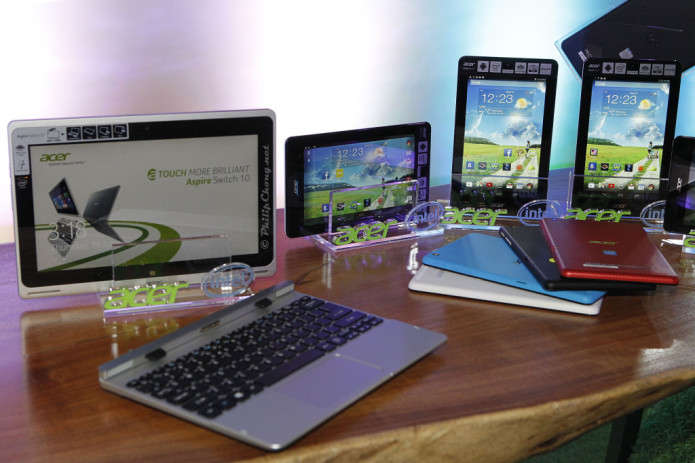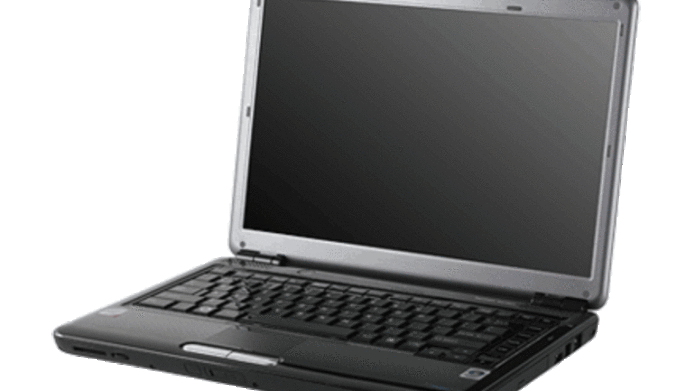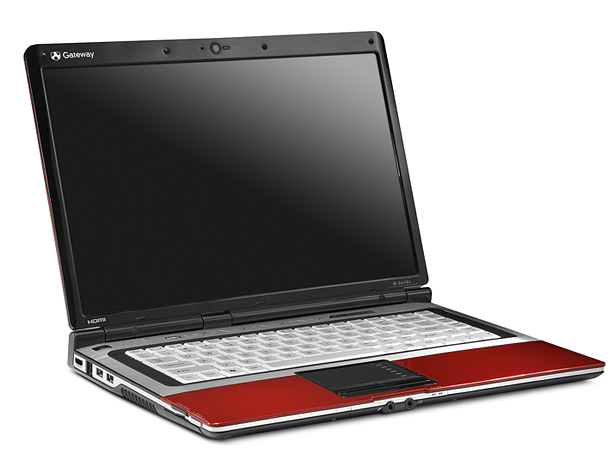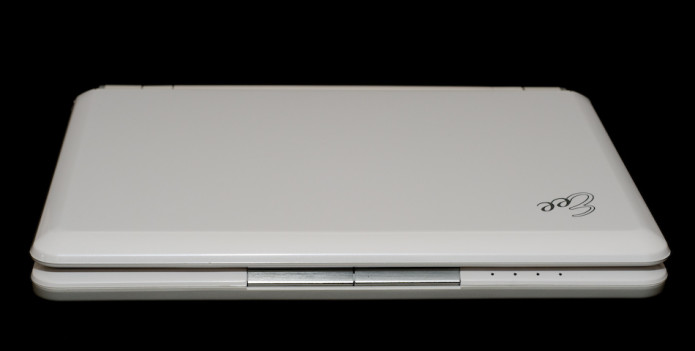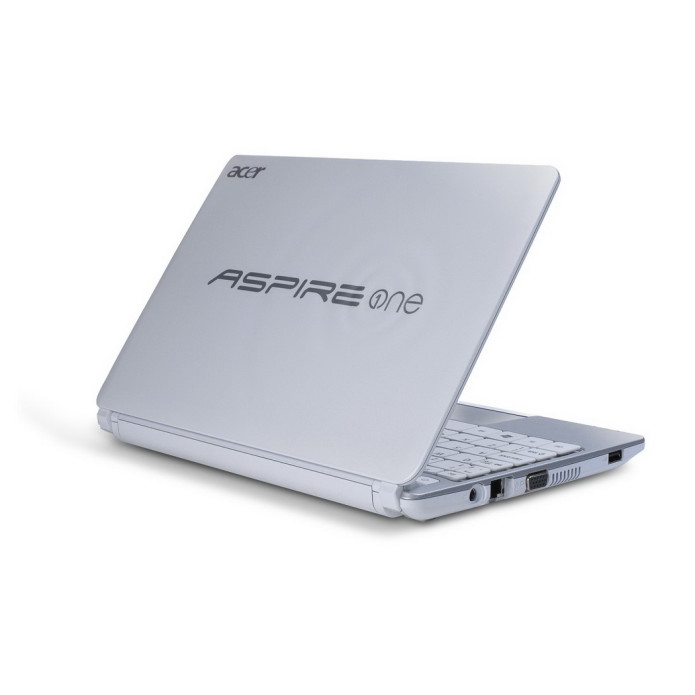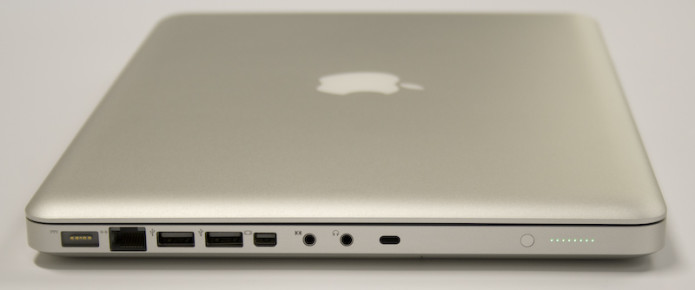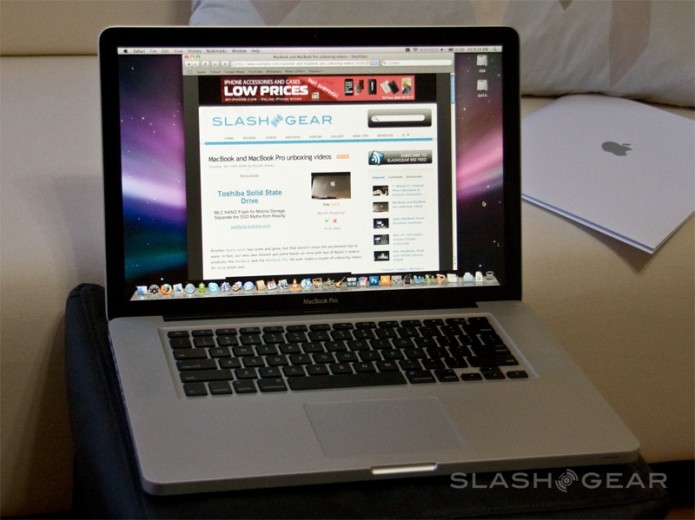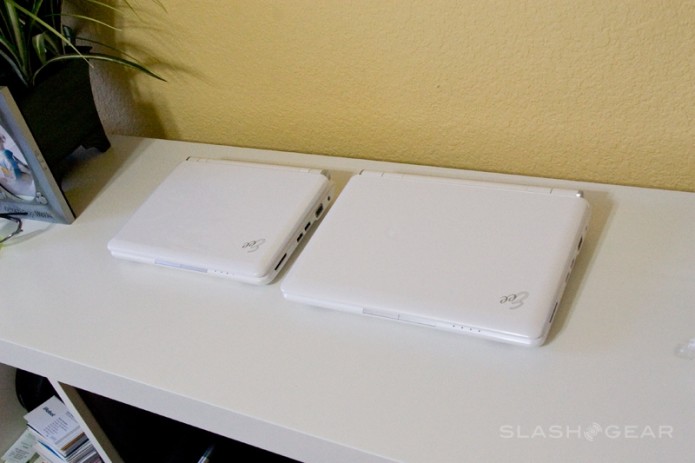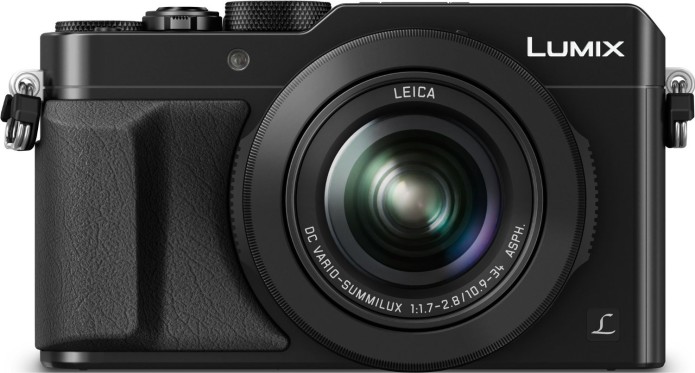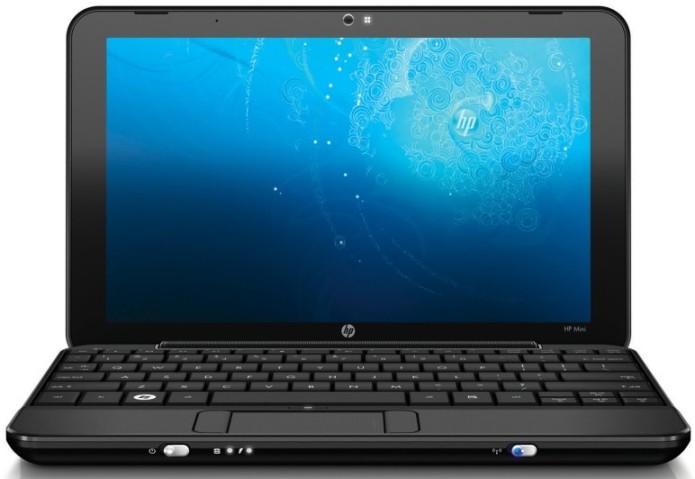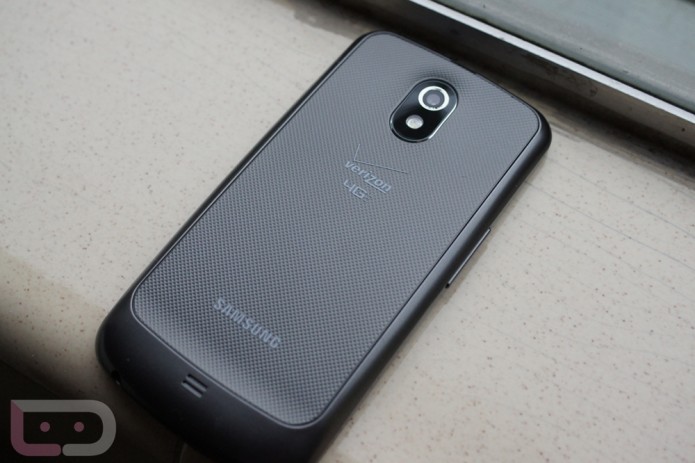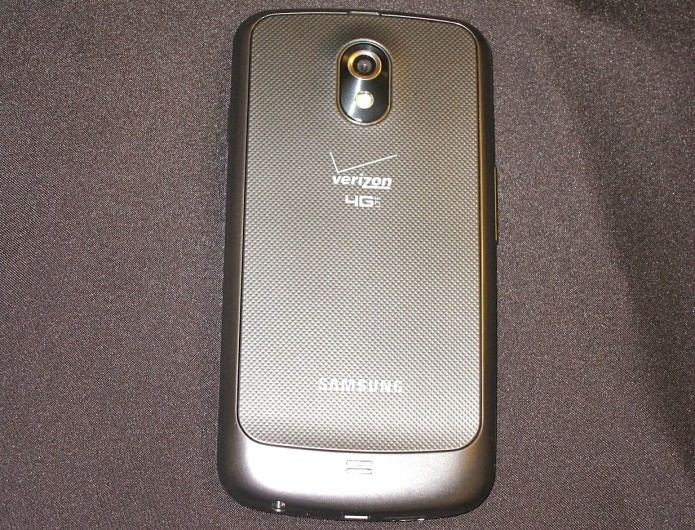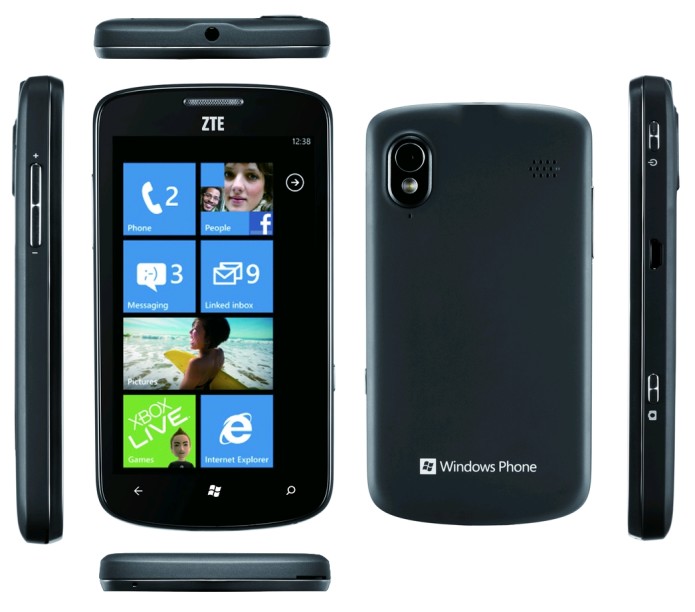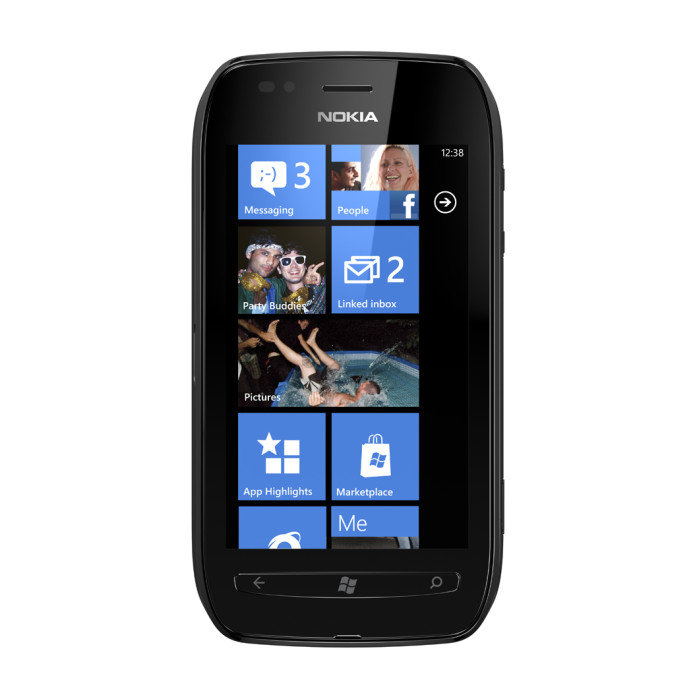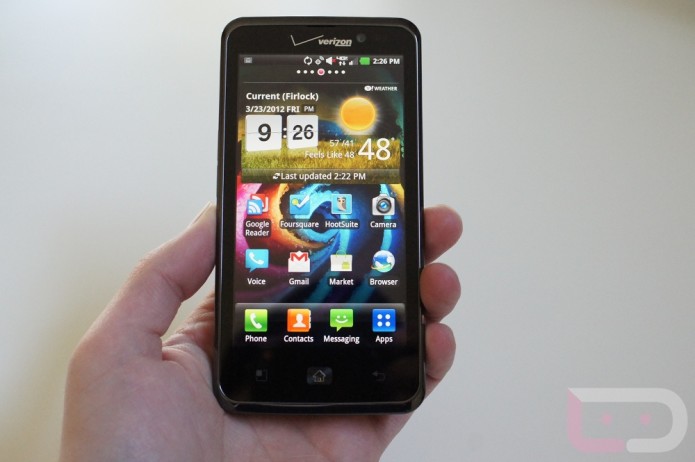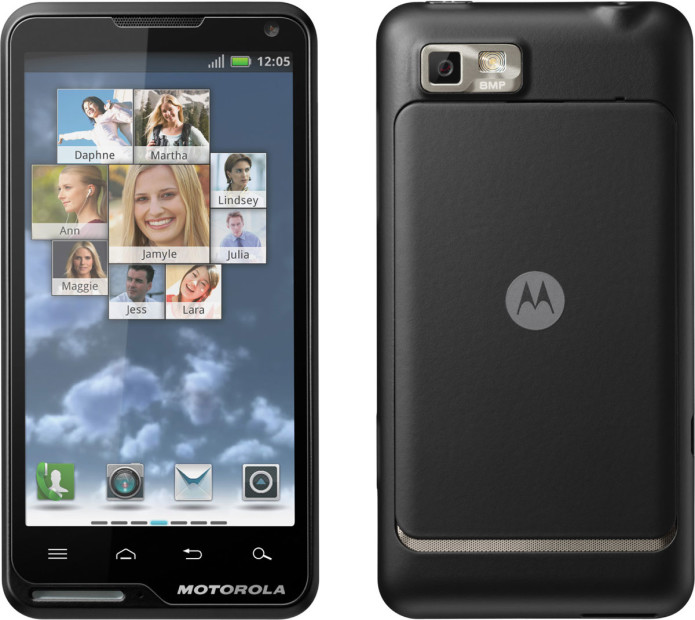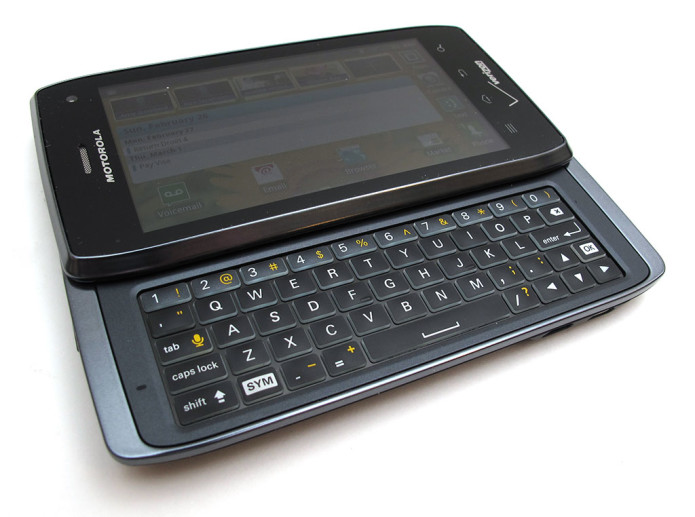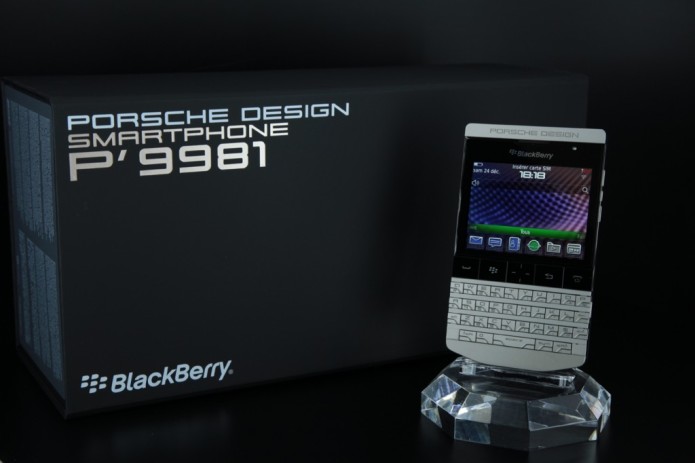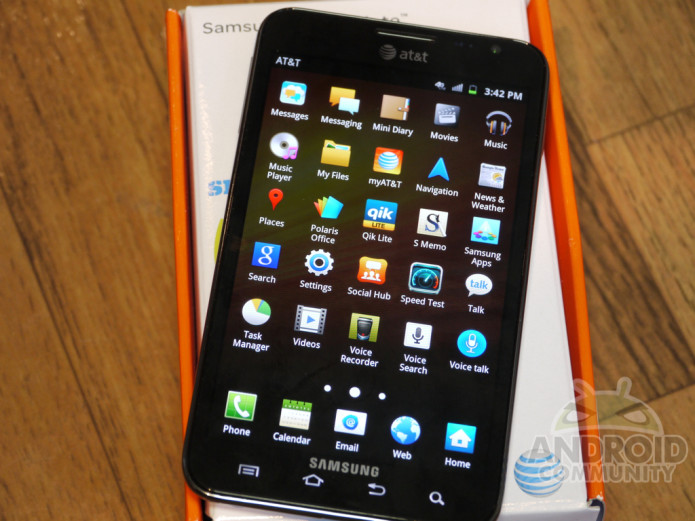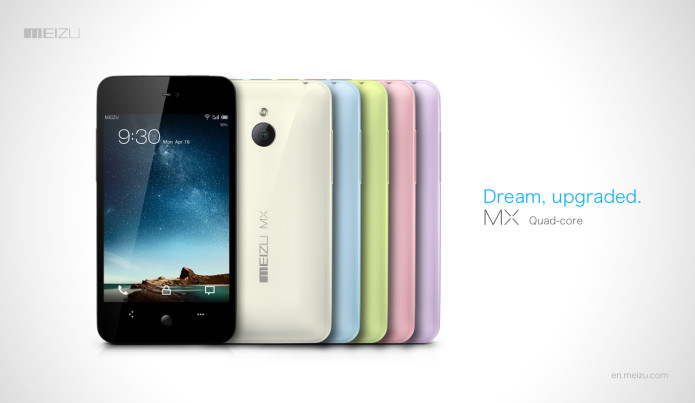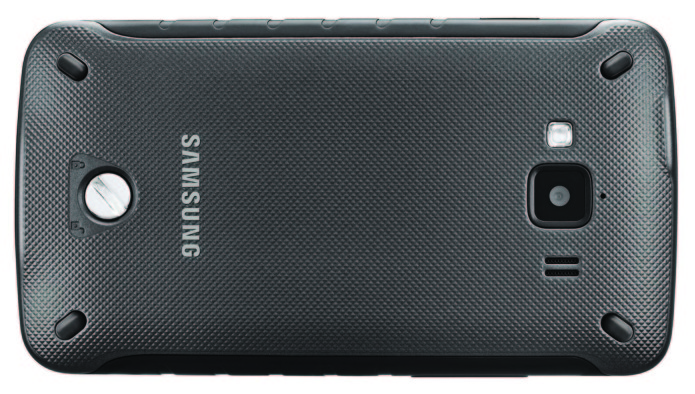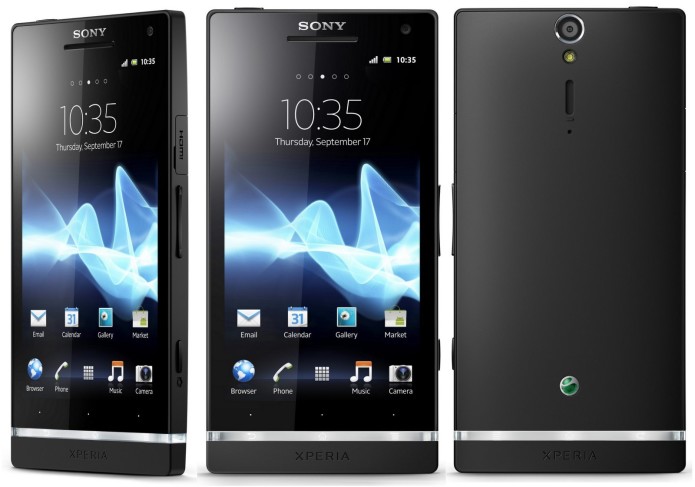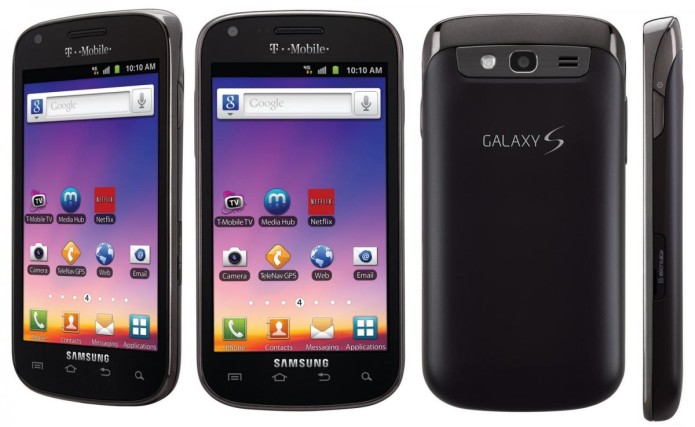An Alienware computer is a mythical beast. Ever since Alienware started making computers in 1996, gamers and power hungry PC addicts have drooled over their speed, processing power, and overall design. This is the first time I’ve ever spent more than a couple hours with an Alienware machine, so I wasn’t truly privy to the finer points of an Alienware. All I can really say is that I’ve never been so impressed with the performance of a notebook computer.
As mentioned in the unboxing, this computer has no spining hard drive. Just two 32GB RAID 0 Solid State Drives. This makes booting the device, and loading large files a super fast process. It’s fairly comparable to a 7200 RPM drive, but without the loss in battery life (and without all of the extra heat). There are a few other options available from Alienware including two 64GB drives in RAID 0, for a combined capacity of 128GB.
With 2 GB of DDR2-667 RAM (up to 4GB available), and a Intel Core 2 DUO T7200 2.0 GHz processor, you won’t have any problems running the latest memory hungry applications (or operating systems). And the 512MB Nvidia GeForce 8700m GT GPU will boost your imaging, 3D rendering, and general visual experience in the Windows Vista environment.
…
Read full post here:
https://www.trustedreviews.com/reviews/alienware-area-51-m7950


